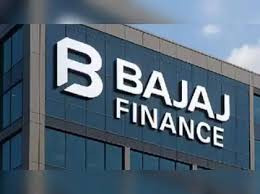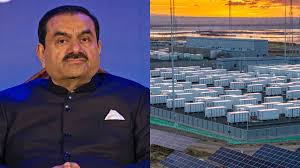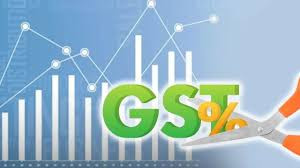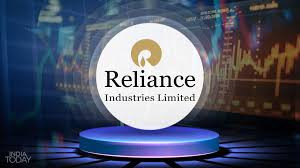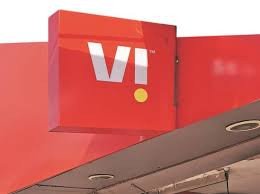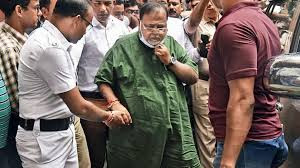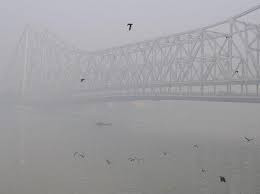Trump imposes 50% tariff on Indian imports; move threatens textiles, gems and seafood as economic pain looms
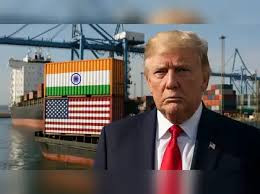
IIE DIGITAL DESK : The United States has announced a sweeping 50 percent tariff on most goods imported from India, a measure Washington says is in response to India’s indirect purchases of Russian oil and constitutes a national-security action. The Department of Homeland Security notification, framed as implementing a presidential determination, imposes a combined 25 percent duty plus a 25 percent penalty on a wide range of Indian shipments — with explicit exemptions for pharmaceuticals and consumer electronics — and is set to take effect at midnight Eastern Daylight Time on August 27 .
The tariff announcement was described by U.S. officials and commentators as a targeted punitive step, and by critics as selective and politically charged: the measure singles out India even though other countries import more Russian oil, raising questions about the rationale and broader geopolitical messaging. The notification’s timing, coming shortly after firm public statements from Indian leaders about strategic autonomy, has intensified diplomatic unease between Washington and New Delhi.
Economic analysts warn the tariff will hit labour-intensive export sectors hard. Textiles and apparel, gems and jewellery, seafood (notably shrimp), and leather goods are among the categories that will face the new levy, while India’s critical pharmaceutical exports and electronics — sectors central to U.S. supply chains and consumer markets — were carved out of the action. Because U.S. buyers will face sharply higher landed costs for Indian products, exporters and small manufacturers are expected to see order cancellations or price squeezes that could blunt competitiveness against suppliers from countries paying lower tariff rates.
Macroeconomic estimates in the wake of the notification suggest the hit to India’s economy could be meaningful but not catastrophic: forecasts cited in coverage place the potential GDP impact in fiscal 2025–26 in a range roughly between 0.2 and 1 percentage point, with dollar losses that could span several billion depending on how much of the tariff is absorbed by exporters versus passed on to U.S. customers. Still, because India’s economy is driven primarily by domestic consumption, and U.S.-bound merchandise accounts for a modest share of overall output, analysts expect the shock to be painful for affected industries while only partially denting broader growth.
On the ground, micro, small and medium enterprises — which form the backbone of India’s export-oriented manufacturing — face immediate strains: firms in diamond cutting and textile clusters rushed shipments ahead of the deadline, and traders and processors warned of layoffs and factory idling if orders evaporate. Market reaction was swift, with Indian equity futures pricing in downside risk and business groups urging urgent government support and market diversification strategies. The tariff also complicates diplomatic and trade negotiations, as scheduled engagements and consultations are likely to be disrupted while New Delhi evaluates policy responses and possible retaliatory or mitigation measures.
The U.S. action marks a sharp escalation in economic pressure that tests longstanding trade and strategic ties between the two democracies. For exporters, the immediate challenge is damage control — finding alternative markets, renegotiating contracts and lobbying for fiscal relief — while policymakers must weigh short-term support measures against longer-term strategies to de-risk supply chains and reduce vulnerability to politically driven trade disruptions.
You might also like!


